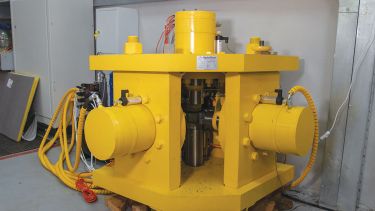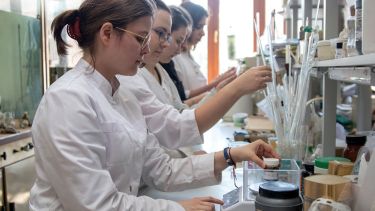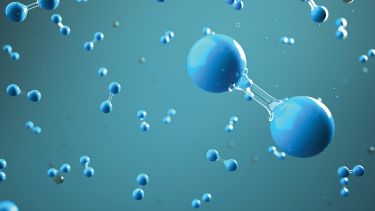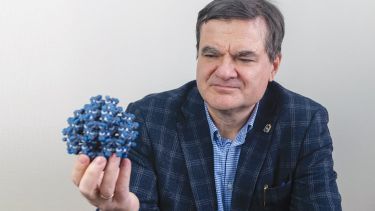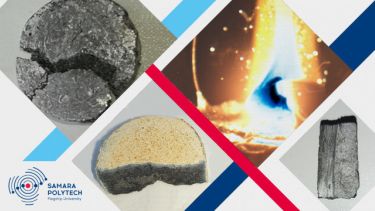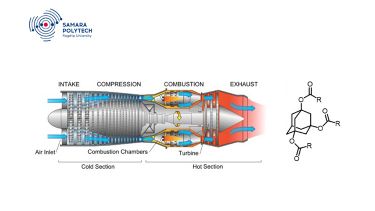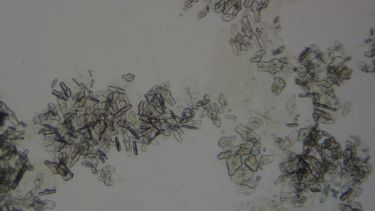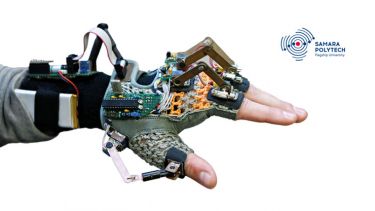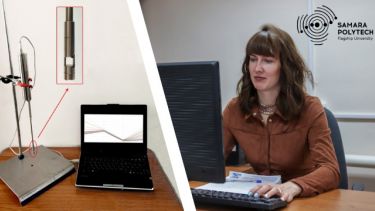The treatment of viral diseases is still a serious problem in medicine. By 2021, only 89 antiviral drugs have been approved for treating diseases caused by only 9 viruses, including human immunodeficiency virus (HIV), hepatitis C virus, and influenza virus. For most of the diseases caused by viruses, there are no approved drugs. Therefore there is an active search for compounds that can become new drugs in the future. The development of new antivirals is complicated by a large genetic diversity of viruses and, therefore, by a large variety of possible ways of attacking them
A special place among antiviral compounds is occupied by adamantane derivatives. Their history as antiviral drugs began with the discovery of the anti-influenza properties of amantadinein 1964, the first adamantane derivative that entered the clinical practice. Further intensive research to find active compounds led to the emergence of rimantadine (Flumadine®).
The discovery of the antiviral properties of these amino derivatives led to the birth of medicinal chemistry of adamantane derivatives. As a result, thousands of cage compounds were synthesized, their biological properties were studied, and these studies stillcontinue. The study of the mechanism of action of amantadine and rimantadine led to the discovery of their target, the M2 ion channel, which belongs to the class of viroporins. This is a group of proteins that are involved in the reproductive cycle of many viruses and have a common function – increasingof membrane permeability. Such proteins are vital for viral replication: damage or deletion of the gene encoding them leads to a decrease or disappearance of virulence. Recently, viroporins are increasingly becoming targets for the search of possible ways of inhibiting viral reproduction. This is due to their small size, which makes it easy to study these proteins using both experimental methods of establishing the structure and using computer methods of medicinal chemistry. Modern computers allow relatively quick modeling of the three-dimensional structure of such small proteins as well as their complexes with potential drug compounds. Virtual design is actively used to develop new inhibitors of the M2 ion channels of the influenza virus and p7 of the hepatitis C virus (HCV p7), since their three-dimensional models are known and the principle of blocking them by means of small molecules has been investigated.
Antiviral drugs are the number 1 target among the entire spectrum of compounds synthesized at the Department of Organic Chemistry, Samara State Technical University. For more than 20 years, there has been successful cooperation with the State Research Centre of Virology and Biotechnology VECTOR and the Republican Scientific and Practical Center for Epidemiology and Microbiology (Minsk, Belarus). The principle of drug searchis based on a target-oriented approach, which includes preliminary virtual modeling of targets that can be affected by drugs, the search for suitable structures that could efficiently bind to such targets, thereby disrupting their work and preventing the multiplication of viruses, the directed synthesis of such compounds and evaluation of their antiviral activity.
The range of viruses for which the search for drugs is being carried out in Samara State Technical University is quite wide. Currently one of the main directions of research is the development of possible inhibitors of the reproduction of the human papillomavirus and inhibitors of the reproduction of coronaviruses, including the one that caused the current SARS-CoV2 pandemic. For these viruses, virtual models of ion channels were built and a virtual screening of the base of scaffold compounds was carried out, which revealed promising structural types of target blockers – the E5 ion channel of the papilloma virus and the E ion channel of SARS-CoV2.
As a result of joint work with Lomonosov Moscow State University and SSC VB “Vector” a methodology for the virtual search for effective inhibitors of ion channel operation using computer simulation methods was developedand models of the M2 ion channel of the influenza virus [doi: 10.2174/1573409912666160505113408] and the p7 ion channel of the hepatitis C virus of various strains [doi: 10.1016/j.ejmech.2018.08.009] were obtained, and on this basis the design and synthesis of leading compounds was carried out, which made it possible to identify the effective inhibitors of viral reproduction.
In the study of the antiviral activity against ortho pox viruses of a wide range of cage compounds, several derivatives of the adamantane series were identified, which demonstrated high efficiency against vaccinia virus and related pox viruses (doi: 10.1016/j.antiviral.2010.02.447; 10.1016/j.antiviral.2011.03.088; 10.1016/j.antiviral.2011.03.150), and a high antiviral activity against herpes simplex viruses and adenovirus [doi: 10.30906/0023-1134-2017-51-1-15-19].
